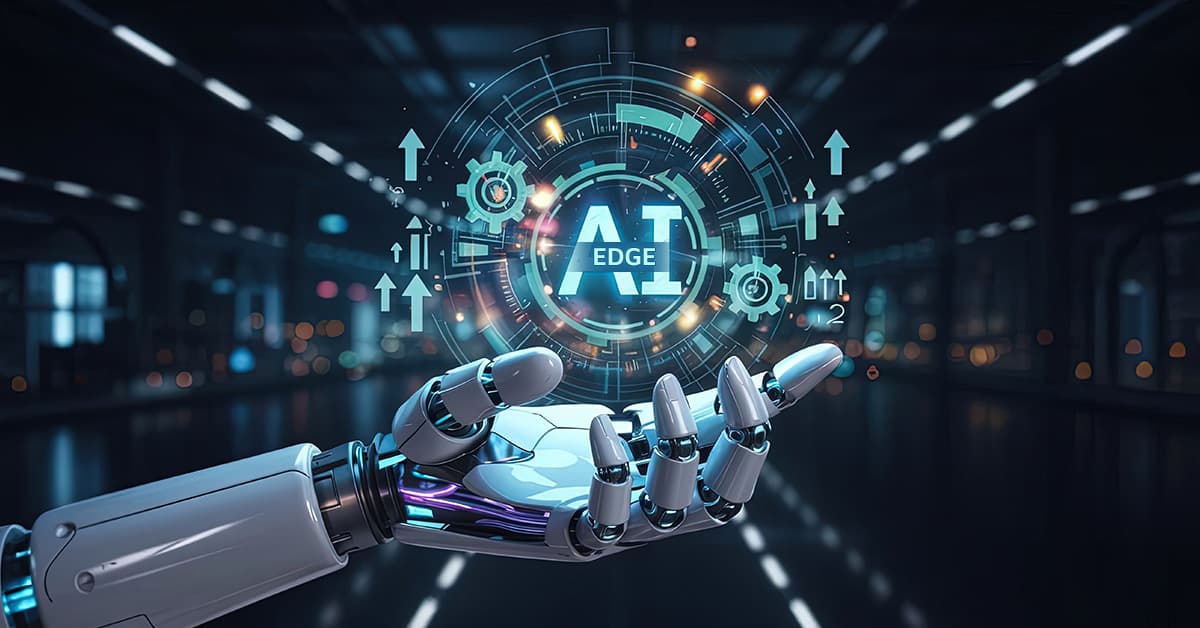Education is a fundamental right, but navigating traditional learning environments can be a significant challenge for students with special needs. Today, artificial intelligence (AI) is breaking down these barriers, transforming special needs education into an inclusive, accessible, and practical experience. By tailoring solutions to individual requirements, AI empowers students to reach their full potential while fostering a more equitable educational landscape.
.jpg)
AI-powered tools have revolutionized accessibility for students with sensory impairments. Text-to-speech (TTS) and speech-to-text (STT) technologies support students with visual or hearing disabilities. For example, Microsoft’s Seeing AI app offers real-time audio descriptions of surroundings, helping visually impaired students interact with their environment. Similarly, closed captioning features in platforms like Google Meet enable hearing-impaired students to engage actively in online classes. These tools ensure that sensory limitations no longer hinder learning opportunities.
For students on the autism spectrum, AI-driven social robots have emerged as game-changers. Robots such as NAO and Milo are being used to teach social and communication skills in interactive and engaging ways. These robots simulate real-life scenarios, allowing students to practice and learn in a safe, judgment-free setting. By adapting to each child’s pace and preferences, these tools create a personalized and confidence-building educational experience.
AI is also crucial in identifying and addressing learning disabilities like dyslexia and dysgraphia at an early stage. Tools like Lexplore use AI and eye-tracking technology to detect reading difficulties, enabling educators to intervene before these issues escalate. By providing actionable insights, these technologies improve academic outcomes and boost the confidence of students who might otherwise struggle silently.
Speech recognition software offers newfound freedom for students with motor disabilities or conditions like cerebral palsy. Programs like Dragon NaturallySpeaking allow users to compose essays or complete assignments using voice commands. This innovation eliminates physical barriers to learning, empowering students to express themselves creatively and academically without limitation.
AI isn’t limited to tools for students; it also enhances the capabilities of educators. Platforms like Carnegie Learning leverage AI to provide insights into individual learning patterns, enabling teachers to create customized lesson plans that cater to diverse student needs. AI fosters inclusive classroom environments where every student can thrive by equipping educators with data-driven strategies.
During the COVID-19 pandemic, the importance of AI in education became even more apparent. Virtual learning platforms powered by AI ensured continuity for students with special needs. Real-time adaptations, such as customized interfaces and accessibility features, allowed students to keep up with their studies from home. For instance, the Global Accessibility Awareness campaign highlighted AI’s role in supporting special education during this unprecedented time.
.jpg)
Real-life applications underscore AI’s transformative impact. In Sweden, AI tools like DyslexiaKey have helped students overcome writing challenges by offering real-time spelling corrections and suggestions. Similarly, in Japan, social robots are integrated into classrooms to assist students with ASD in developing interpersonal skills.
AI’s influence extends beyond the classroom to foster inclusion in society. Microsoft, for example, has emphasized the importance of assistive technologies in its annual reports, showcasing how AI-driven learning tools empower dyslexic children to succeed. Costa Rica’s use of AI in its education system highlights how developing nations can leverage technology to bridge gaps in accessibility and inclusion.
AI in special needs education is more than a technological advancement—it is a movement toward equity and empowerment. By dismantling barriers to learning, AI is enabling students with special needs to lead confident, independent, and booming lives. As advancements continue, the role of AI in creating inclusive educational systems will only grow, ensuring that no child is left behind in the journey of learning and growth.


























































We will verify and publish your comment soon.